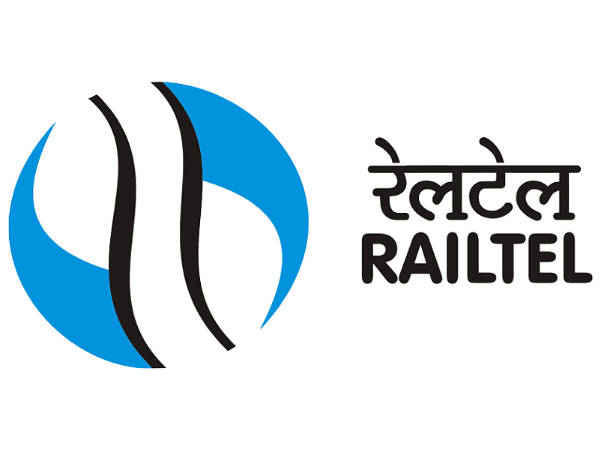As a major player in the internet service provider industry, Railtel’s reputation thrives on their ability to innovate and adapt to market trends. To that end, the team in Railtel was seeking a relevant, in-depth and effective professional solution towards supply and supervision of installation, testing & commissioning of CGNAT at various locations of RailTel and Integration with existing MPLS This would ensure that they can be responsive to there customer.
Overview
Client:
RailtelIndustry:
Retail IndustryServices:
IT Consultancy, Cloud Computing and Cyber SecurityVia:
netsoft@netsoftit.comChallenge
RailTel has a layered network architecture which comprises of four tiers. Tier 1 contains six internet gateways connected in a near full-mesh configuration. Tier 2 consists of 16 cities with every Tier 2 city connected to at least two Tier 1 cities. Tier 3 consists of 16 cities with every Tier 3 city connected to
atleast 2 Tier 1 or 2 cities. Tier 4 cities are connected to at least two Tier 1/Tier 2/Tier 3 locations.
With the expansion of internet, Internet Protocol version 4 (IPv4) addresses have exhausted. The ever increasing number of subscribers can only be supported by Internet Protocol version 6 (IPv6) addresses.
Being one of the latest entrants in the telecom space, RailTel has got limited number of IPv4 series public IP addresses and intends to use IPv6 series IPs to the extent possible. Telecom Regulatory Authority of India (TRAI) regulations also mandates that all major ISPs should be ready to handle IPv6 traffic and
offer IPv6 services. RailTel also intends to leverage on other advantages of IPv6.
Solution
The CG-NAT solution shall be deployed at the six internet gateway locations located in the Tier1 of the network topology. RailTel has developed an independent MPLS backbone for supporting IPV4 traffic and
IPV6 traffic. When the data packet form the subscriber reaches RailTel’s network, it will be routed through the appropriate MPLS network (IPV4 traffic through MPLS IPV4 network and IPV6 through MPLS IPV6network). The NATing equipment are required at the ISP-Internet interface. The data traffic
coming from IPV4 MPLS network shall pass through CG-NAT44 equipment and the data traffic coming from IPV6 MPLS backbone shall pass through the CG-NAT64 equipment. As a result, all packets reaching the internet (website-servers) would have a public IPV4 associated to them.
Results
Netsoft build all the required configurations into the CGNAT solution/equipment in order to meet the NATing requirements. All the necessary licenses or any other supporting hardware or software required to configure the CGNAT were provided/procured by Netsoft
Team also supported the infrastructure for executing the modifications that might be required in the future.
After the deployment of CG-NAT equipments at all the six gateway locations across India, Netsoft team performed a functionality test of the equipments. If any unexpected behaviour of any equipment, sub part etc. is observed, team responsibly replaced the faulty part with a new and unused part.









